A while back I dropped in on Facebook conversation that artist and teacher Kristina Carroll and a few others were having about art education and visual literacy.
It sounded like a fantastic topic for a Muddy Colors conversation and I invited Kristina to reach out sometime should she like to talk more about it. Well, today’s the day!
Kristina Carroll is an award winning illustrator and fine artist. She specializes in art with a Fantastic, Surrealist and Symbolist aesthetic with a focus in Figurative work. While she loves many medias, oil and charcoal are her preferred weapons of choice and she strives to master both the art of color and black and white imagery. Kristina has discovered a second love in education and has taught a variety of art and illustration courses at several universities. In addition to teaching traditional classes, she works with Strathmore Artist Papers and Gamblin Oil Paints running workshops in colleges all around the New England area.
“Every child is an artist, the problem is staying an artist when you grow up.”
Pablo Picasso
Ok class, quiet down. It’s pop quiz time and I’m going to ask you a few questions.
Ready? Here we go:
1. How many Math courses did you have before college?
2. How many Writing/Reading courses?
3. Geography?
4. Science?
Alright, stop gnawing on your pencils, it’s ok if you don’t remember. It was probably a lot, right? Like at least one or two a year since you were young? That a lot of learning about all these subjects! Multiplication, conjugation, emulsification, yadayada. From the ages of 5 to 18 between Fall and Spring we are filling our heads with so much knowledge.
But… how many art classes did you have?
Probably not as many right? Even worse– how many of them were “required?” Even fewer I’d wager.
Maybe even none. I don’t think I had a single required art classes after grade school in fact. And the ones I had were sometimes… questionable. I went to a public school in Montana and the education was about what you would expect. Despite that, after a lot of twists, (including spectacularly failing at a theater career) I eventually graduated with honors from one of the best art schools in the country and have now been a professional artist and an educator for about a decade. On top or teaching in several BFA programs, I have also spent years working with a few art material companies like Gamblin and Strathmore on custom educational presentations and as a result have lectured in nearly every art school and art association around New England. So we can safely say I have a pretty broad perspective on the state of art education in our culture including its many shortfalls.
But I’m not here to rant about art school. That’s an article for another day. And of course many of the criticisms toward art schools are hard to separate it from the overarching disaster that our college system is already. But our culture’s connection, or rather disconnection with art exacerbates the problem. Take me for example. When I was a senior in high school, I applied to two colleges: an art school in Washington and a theater school in NYC. When I got accepted to both, I figured the theater career was probably more of a sure thing. (This was teenage logic remember, be gentle.) After all I had seen Broadway tours and there are so many stories about “breaking in” to show-business so it must be possible! On the other hand, the only artists I’d really been exposed to were the art teachers I’d had in school. And when I thought of the one I had currently, a tired old dude who put on Eraserhead and napped during class, I figured theater was the way to go.
(Also, thank you Mr. Morris for introducing me to David Lynch, that changed my life.)
Anyways, the point is people can love art, love making art, and even be pretty good at art but still have no idea where it comes from or even begin to to imagine how to make it a career path. And that is a significant added weight added to an already Sisyphean task if you have the crazy notion to do this art thing professionally. Simply put, it’s one hell of an uphill climb for most. It sure has been for me.
The unfortunate fact is that unless you went to a very particular type of school and had a certain amount of privilege, the amount of art and art education you were exposed to before college compared to all other subjects was likely meager to nonexistent. So it shouldn’t be a huge surprise that I’ve occasionally had freshmen coming into a BFA art program that have never taken a significant art class.
Let’s think about THAT for a sec.
Can you imagine this flying in any other profession? Don’t know basic geometry and want to be an engineer? Probably not going to work. Never touched a Bunsen burner but want to be a chemist? Good luck getting accepted into any decent programs.
But don’t know basic color theory and want to sink tens (or hundreds) of thousands of dollars into an art education? Come on over! Some of these programs don’t even require portfolio reviews!
Imagine being a teacher facing a class of hopeful freshmen in your illustration BFA program. They are starry-eyed and excited. Most of them have had a few basic art lessons. Some have even done figure drawing and color theory already. Some literally don’t know how to mix green from blue and yellow.
And our job as teachers is to prepare them all for a career in the arts in just 4 years.
If you think that sounds like setting everyone up for failure you wouldn’t be entirely wrong. But here’s the thing: you wouldn’t be entirely right either. Because what most people forget is that art is magic. That’s why, despite all my very legitimate criticisms about the education system as a whole, and the industry (it all boils down to the evils of capitalism but that’s an article for another day) Despite all the tears, and frustration and bullshit I just can’t stay away.
Now don’t misunderstand me. When I say art is magic, I don’t mean it’s some ephemeral, unknowable thing that only a precious few can touch. I mean exactly the opposite in fact.
Art is the most primal form of human expression. Art is universal. It transcends language, culture and experience. One of the first things humans did after discovering fire was use the illumination to draw on cave walls. We learn to draw before we can write, before we can talk, before we can do much of anything. The desire to grab a crayon and add color where there was none before is as natural to being human as eating, breathing and death. It’s more permanent that taxes. Art is for everyone.
Let’s go back to that group of freshmen because they are one of my favorite groups to teach. Especially when I get a couple brave ones in my more advanced classes! For the most part they are frenzied, excited sponges. Finally tasting some independence and a community that they fit in with far more than high school and getting to focus every day on something they are actually interested in, these kids are already sparking with potential. And if you can light that fire inside them, it’s a beautiful thing to watch them take off. When I get a good group of freshmen, I swear it adds years to my life. Give them a few tools, some encouragement and I’ve seen these young adults transform into completely new artists within a few months. (Of course it’s a group effort at a college and I have had some pretty terrific colleagues that I need to give their due here as well. Y’all know who you are.) And that’s the beauty of this art thing. That’s the magic. With a little enthusiasm, patience and the right tools, people of any background can get better. They can do it pretty quickly in fact. Again: Art is for everyone.
So now you might be saying, “But Teach, they WANT to learn art! They already like art! And they are at art school! Of course they are get better! This sample set is skewed!”
Sure, ok. Fair enough.
So now let’s talk about Paint Nite.
Yes, you heard me- Paint Nite. I have dared to invoke the name of one of the most notorious “paint and sip” companies in this hallowed space. In this revered corner of the internet where true masters illuminate their secrets and reveal their maddening, hard-won skill, I care not for such lofty things no! *I* want to talk about the joy that is teaching drunk bros how to paint the most generic of landscapes using only primary colors, paper plates and paint brushes that any kindergartener would turn their nose up at. Because for a good long time that’s how I paid my student loans from that very respected (very expensive, did I mention?) art school. Nearly every week, 3-5 nights a week for about five years I taught hundreds, HUNDREDs of these classes.
And you know what? It’s one of the best jobs I’ve ever had.
Because every night. EVERY goshdang night I had people come up to me and I mean EVERY kind of person, with little scared rabbit eyes whispering “I’ve not painted since I was a kid, what if I’m not good.” And I would take their hand and lead them gently to the bar, introduce them to the bartender (I knew them all by name at this point) and smile reassuringly. “You’re in good company.” I would say. “We’re all going to make such a beautiful mess!” And then I would turn up my carefully curated playlist of upbeat pop songs (a tasteful mix of classics and contemporary) and start my 2 hour session. And I got to watch those scared little bunnies come out of their artisticly barren burroughs and start to come alive. Frickin’ MAGIC.
Yes, I really mean EVERY kind of person!
I created over a hundred of these beauties for Paint Nite and most of these paintings
have made me more money in royalties than any of my illustration ever will.
SO did every person at my paint nites end up making a masterpiece? Jesus, of course not! There were some terrible paintings! Some hilariously terrible paintings! But often the people with the worst paintings were smiling the most because they felt something they probably hadn’t felt in a long, long time. They felt free. They felt creative.
“There are no mistakes, only happy accidents!” I would shout to this class of sweet, buzzed adult children and they would cheer at the Bob Ross quote because even they knew who Bob Ross was: The patron saint of making art accessible to the masses.
And the amount of people who actually made something that wasn’t even halfway bad, the amount of people who told me after these classes saying… “I had no idea I could do this.”, the amount of people who hugged me and confessed they were going to buy art supplies of their own so they could keep playing…. It was just constant reinforcement that (say it with me this time) ART IS FOR EVERYONE.
And seeing how easy it was, how laughably easy it was to help so many people find a little of that spark again both inspired me and devastated me because they should have never been allowed to lose it in the first place.
If I can digress a little bit to something very topical at the moment- I think this is what’s at the heart of the AI debate. Simply put, the need to create is universal . People feel entitled to art because they should feel entitled to art! Everyone deserves art! A.I. prompting sure as hell ain’t it. But in this wasteland of real art exposure- the craving, the hunger for art is so powerful that it has birthed this mutated Cronenberg variation on creativity. And sure, one could argue that is art in its own way art but only in the same context Marcel Duchamp’s “Fountain” was. Singular, of its time, and not worthy of anything more than a few pages in future history books. OR at least that is my hope.
Art is for everyone. There is a reason the word Amateur means to literally do something out of love. “Talent” is nothing more than obsession meeting opportunity and time. Yes, many artists’ brains work differently. But I think that is more a factor of many neurodivergent folks ending up in arts because for many of us it’s sort of the only place we can go. (and that definitely is an article for another day) But to distill that idea into to a cheap word like “talent” ignores the larger complexity of the issue and the time that goes into gaining those skills. I just hope that someday we can figure out how to show more people how possible that is.
Kristina Carroll is an award winning illustrator and fine artist. She specializes in art with a Fantastic, Surrealist and Symbolist aesthetic with a focus in Figurative work. While she loves many medias, oil and charcoal are her preferred weapons of choice and she strives to master both the art of color and black and white imagery. Kristina has discovered a second love in education and has taught a variety of art and illustration courses at several universities. In addition to teaching traditional classes, she works with Strathmore Artist Papers and Gamblin Oil Paints running workshops in colleges all around the New England area.
Kristina is also the force behind the popular Month of Love and Month of Fear art challenges that ran for 10 successful years. These challenges attracted some of the top artists in the industry and allowed them to push their art to new heights with inspiring themes and community support.
Kristina’s clients include: Wizards of the Coast, Omni Magazine, Chaosium, Alderac Entertainment Group, The Shelburne Museum, IDW, Realms of Fantasy, Fantasy Flight Games, Catalyst Game Labs and more.


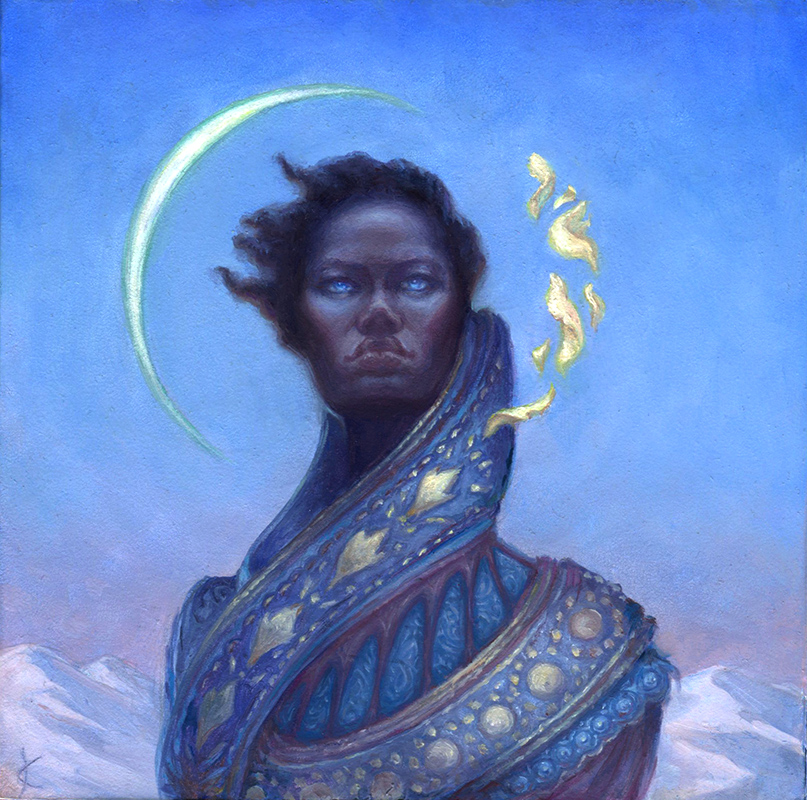
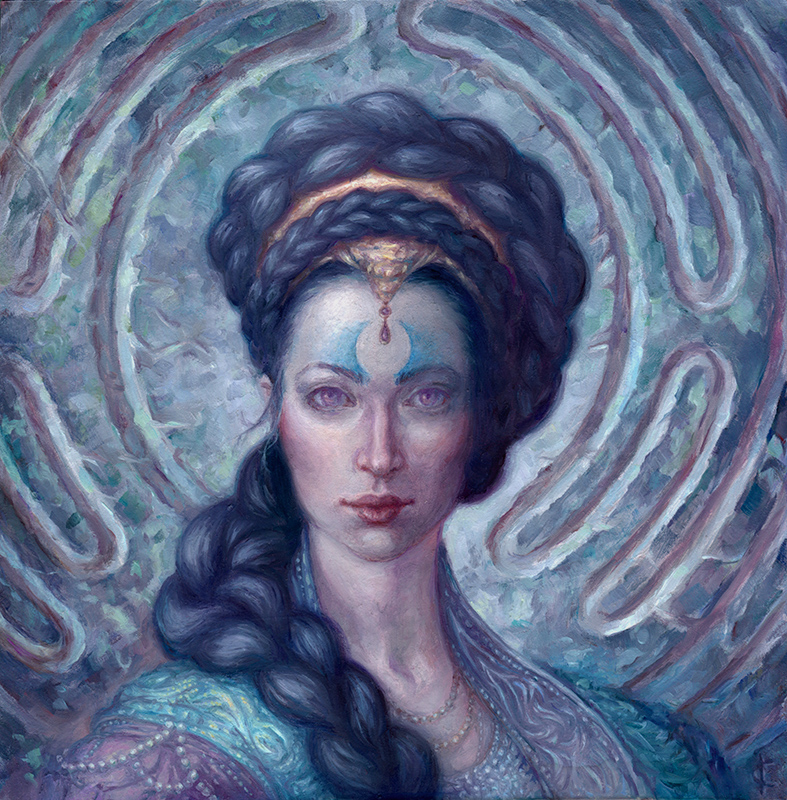
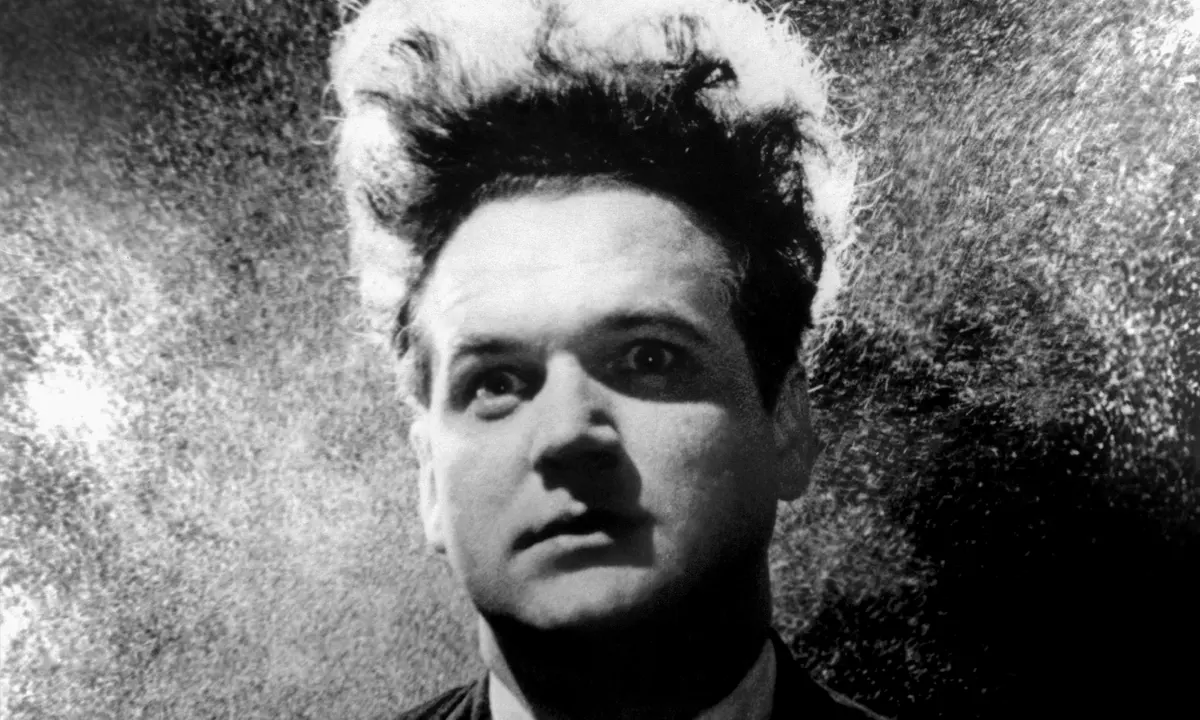
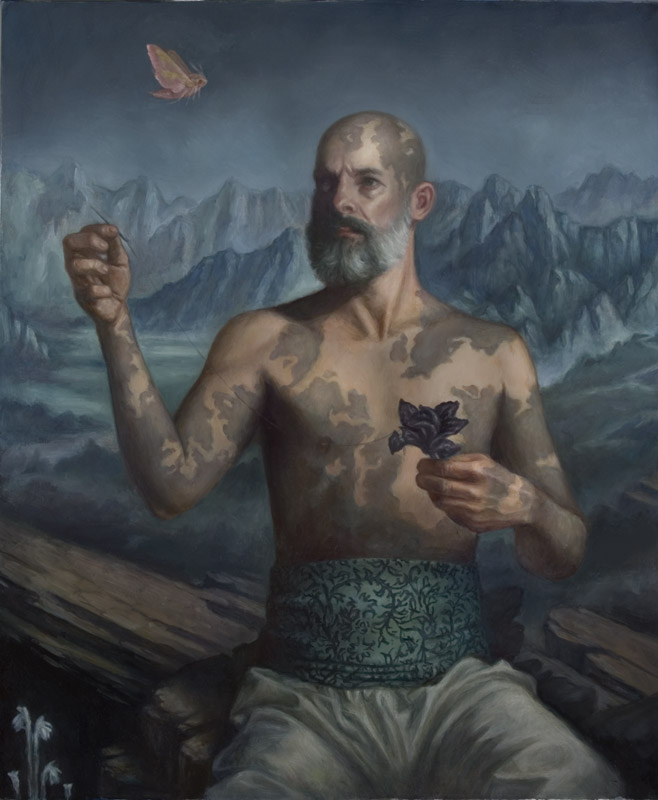
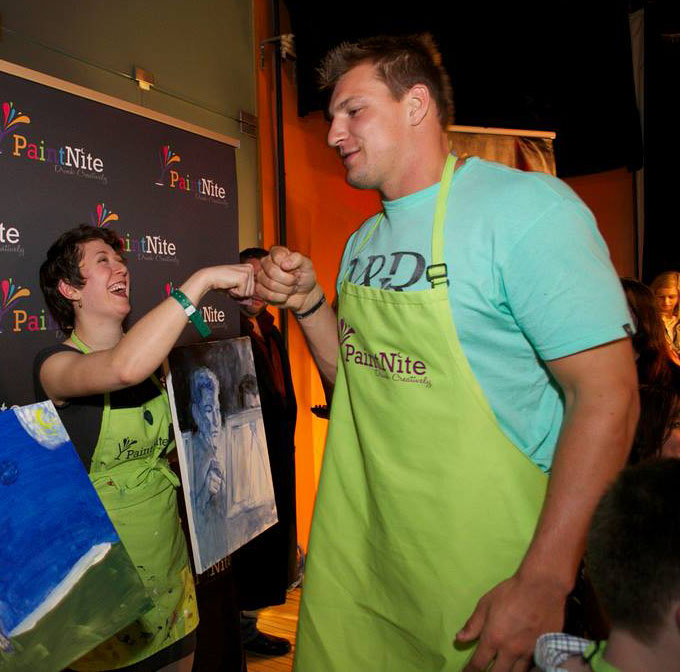



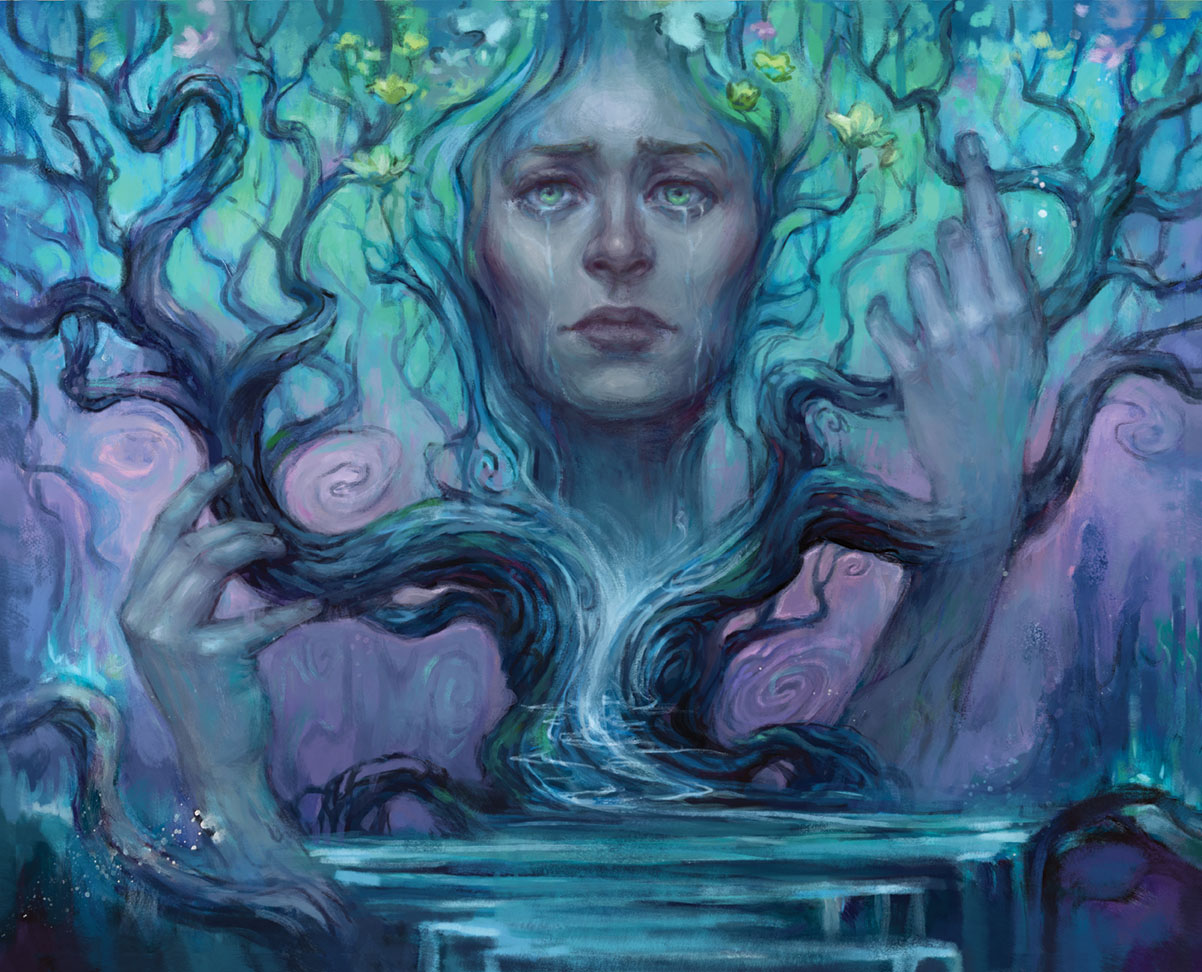
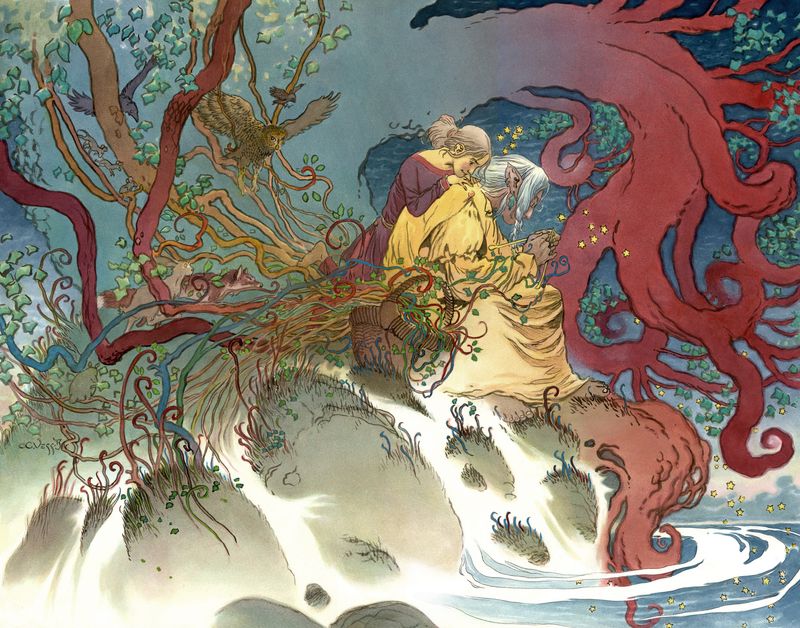
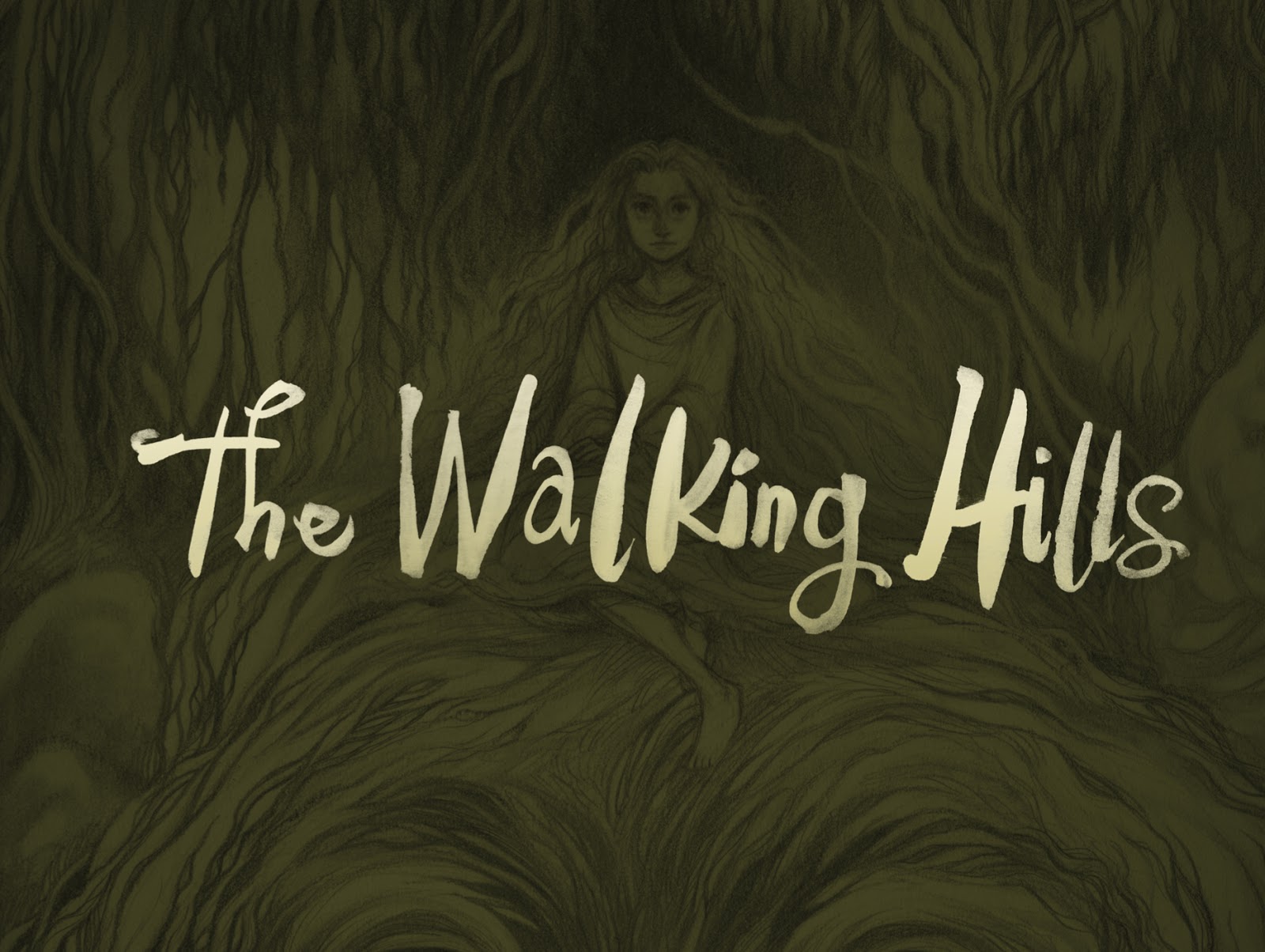
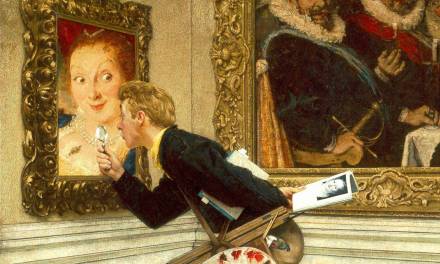
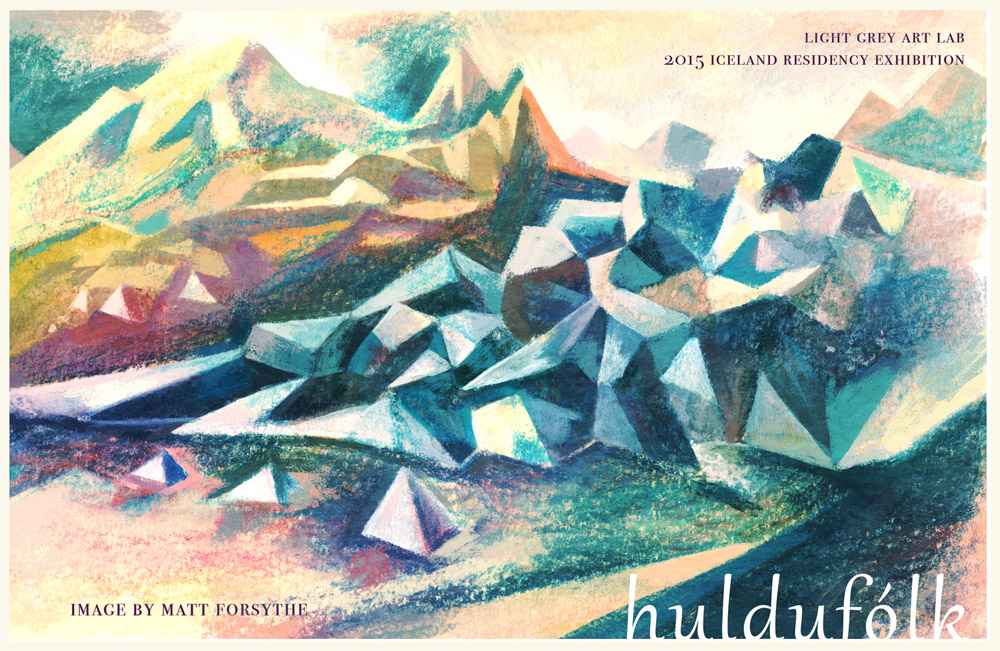

Recent Comments